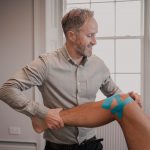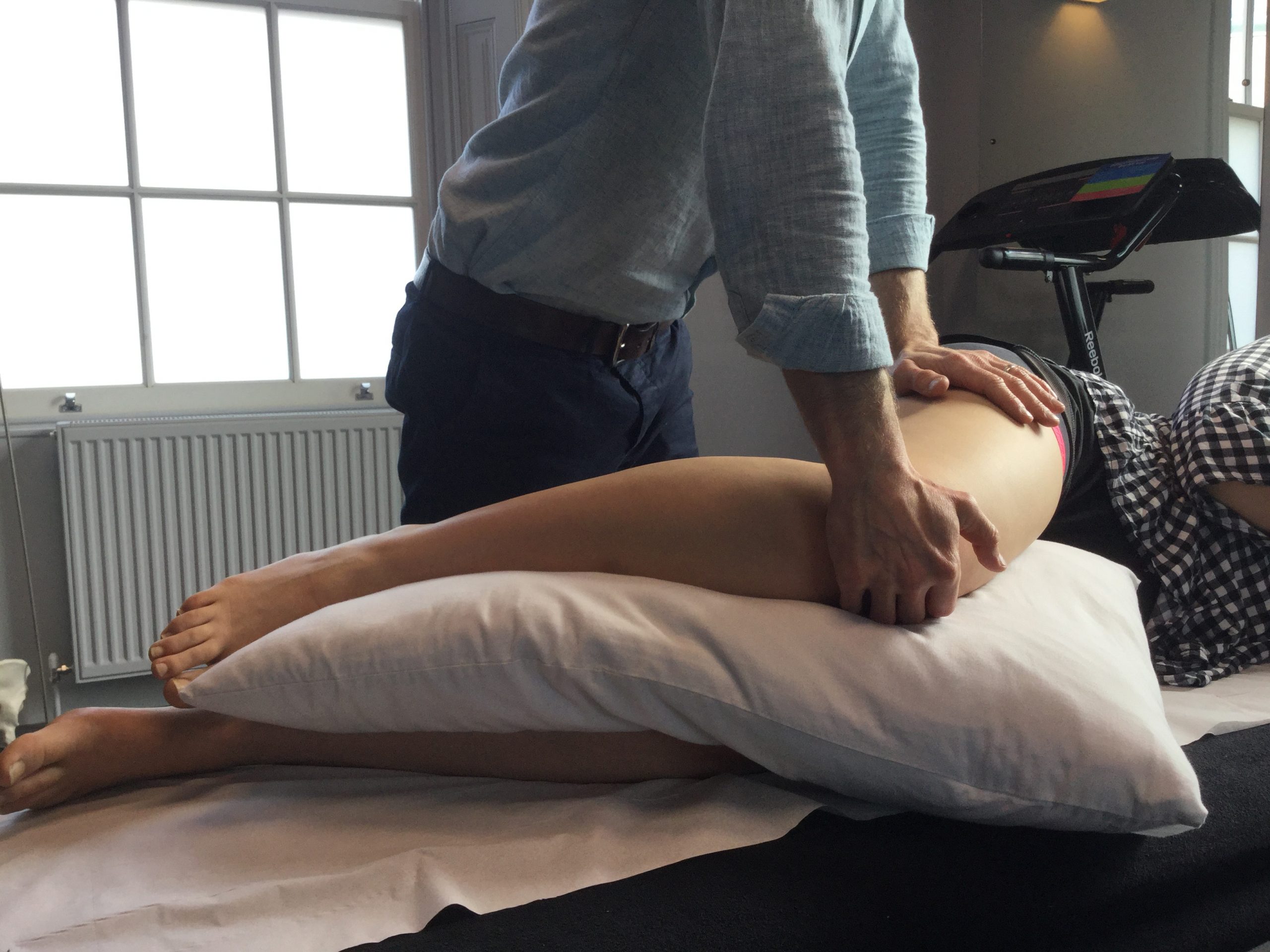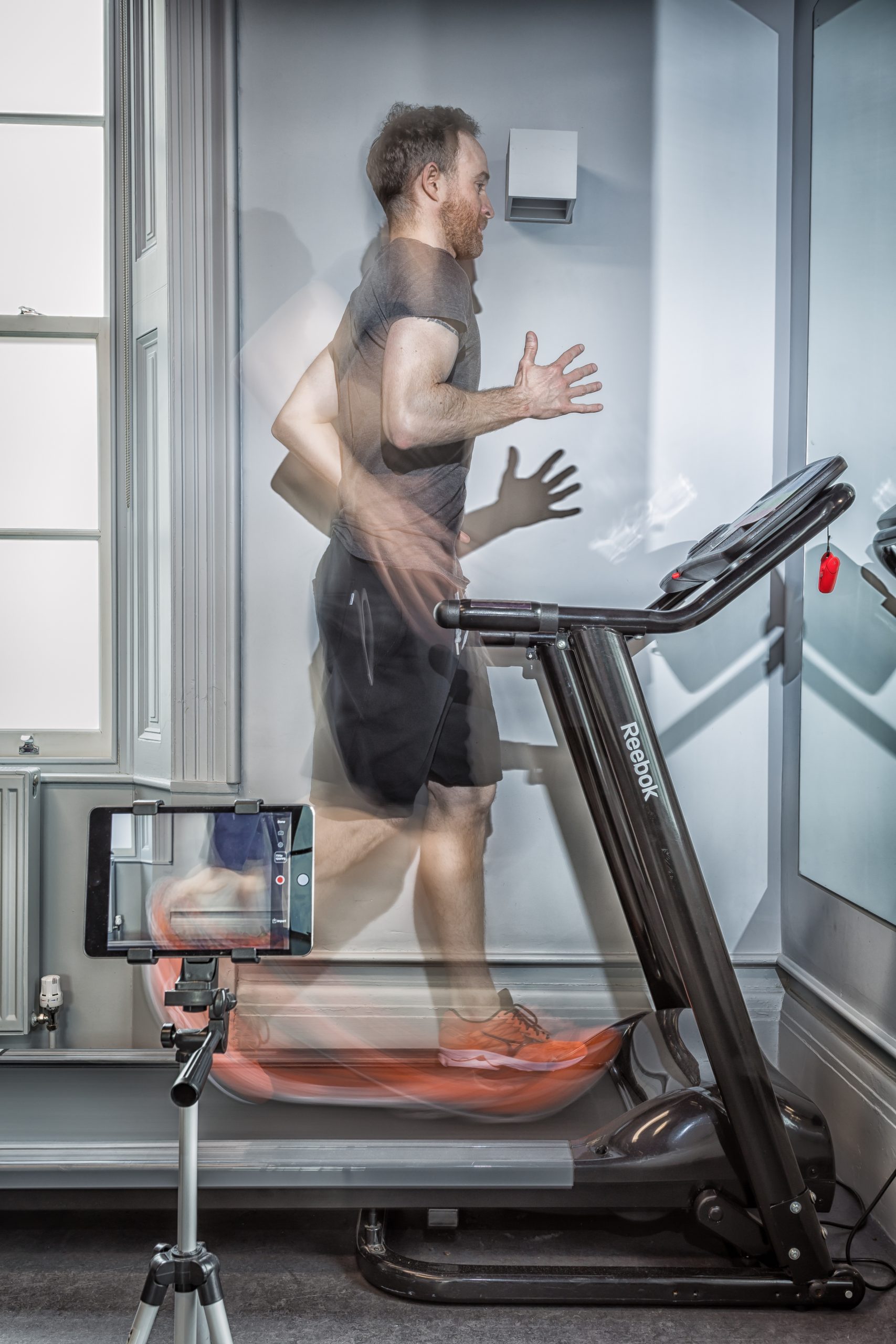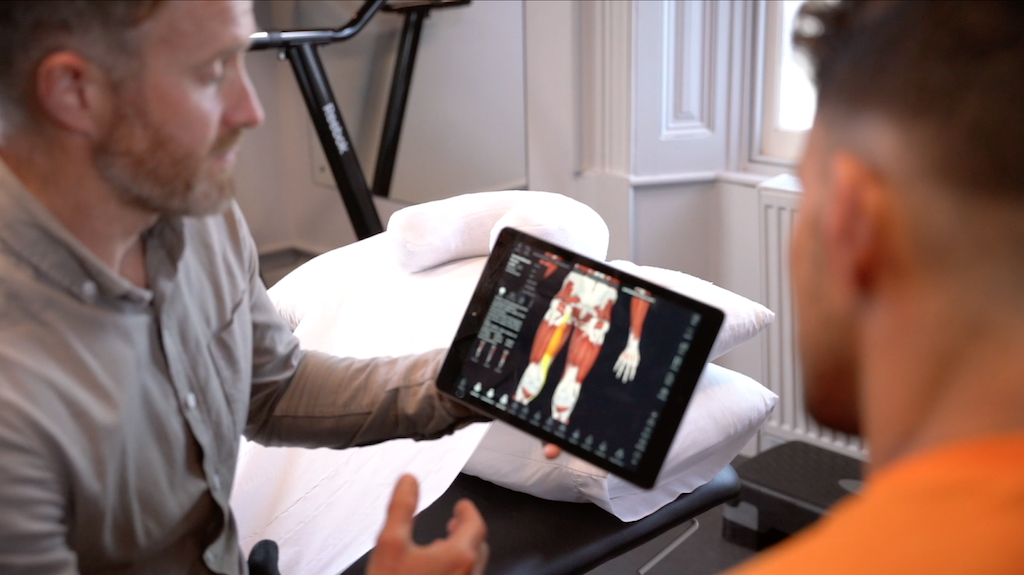What Is ITB Friction Syndrome?
ITB Friction Syndrome is part of our running injuries season where we are focusing on the top 5 running injuries in detail. Giving you info on what it is, why runners get it, the current gold standard treatment, top tips on the best exercises, plus personal encounters of our patients experience.
ITB Friction Syndrome | What is it?

ITB Friction syndrome is a condition causing pain on the outside of the knee when running. Synonymous with runners it adds up to 10-12% of all running injuries. Characterised by knee pain during running and pain after running. At its worst it can be enough to stop people running and become particularly painful when bending and straightening the knee.
The Ilio-tibial Band (ITB) is an extremely strong, taught, thick layer of connective tissue running from the gluteal muscles on the outside and back of the hip, to the outside of the knee and upper shin bone. Its job is to stabilise the knee and pelvis when walking and running and absorb force when doing so. Occasionally the part of the ITB that passes over the bony bump on the outside of the knee when it straightens and bends can rub too much and become inflamed, hence the term ‘friction syndrome’.
Symptoms typically begin as diffuse, dull, aching knee pain, in particular pain on the outside of the knee that can intensify enough to stop you running. Pain during running and pain after running are common. If really aggravated pain on the lateral side of the knee can stop you running altogether, remaining for days afterwards when walking or trying to bend and straighten the knee.
ITB Friction Syndrome | Common causes
As we mentioned in our previous Runner’s Hub blogs there are 3 key elements that make up an efficient, injury free runner:
Commonly if there is a fault in just 1 element this can increase the risk of ITB Friction symptoms. Our Run Lab assessment is suitable for runners of any level and aims to spot these faults before they even become a problem. A few common technique and control faults are shown below:

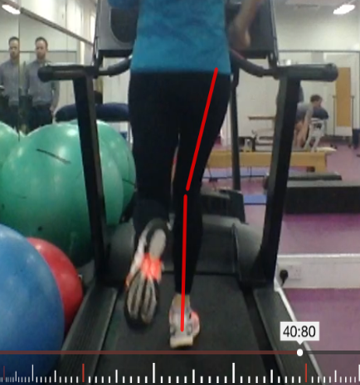
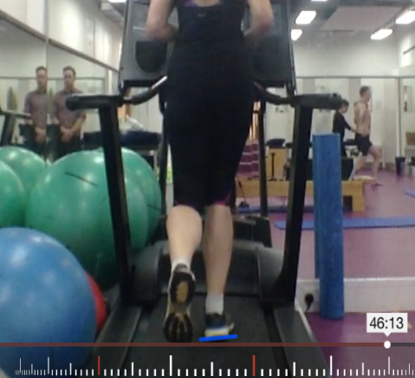
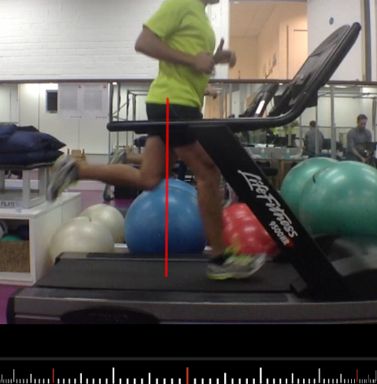
As part of the assessment, we will do a running analysis of your form, provide strengthening exercises to target the weak links, and set out the best weekly running plan to get you back on your feet pain free.
The most common cause of ITB Friction Syndrome includes over training or simply doing too much, too soon. Look out for our upcoming blogs where we will be giving you some simple, golden tips on how to tailor your training to help prevent ITB Friction symptoms
Finally, ITB Friction symptoms can occur if your running trainers are inadequate. Its vital that your trainer fits to you, not you fitting to the trainer! We recommend our local partners at Up & Running, Sheffield.
Our next blog looks at What Is The Best ITB Friction Syndrome Treatment? Treatment techniques such as taping for knee pain, and foam rolling for knee pain will be discussed.
Like our Facebook page to keep updated on more useful tips to improve your running efficiency, and stay injury-free.
Remember…
